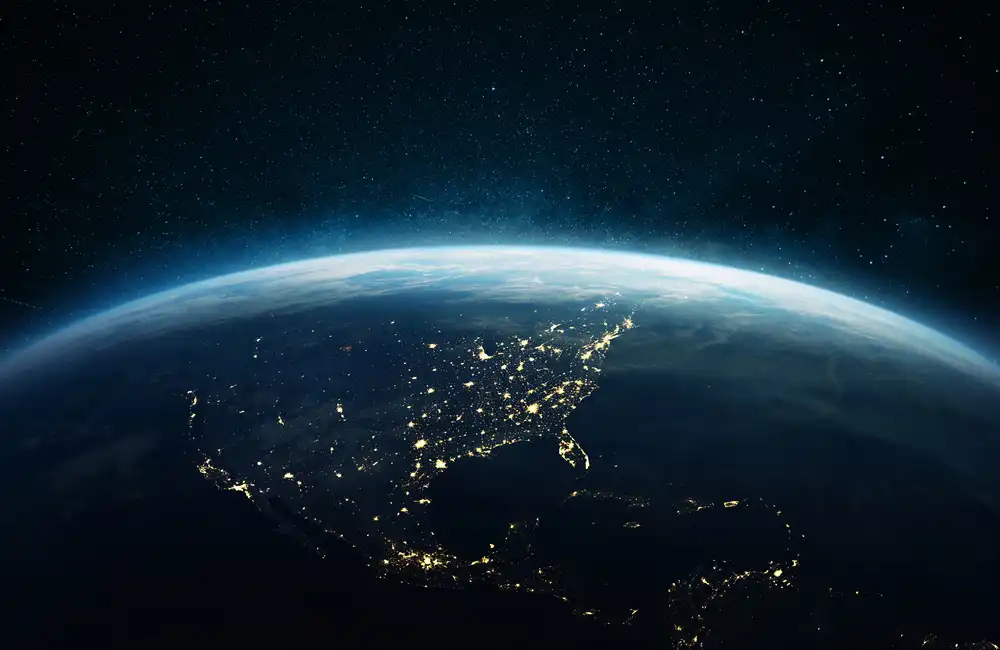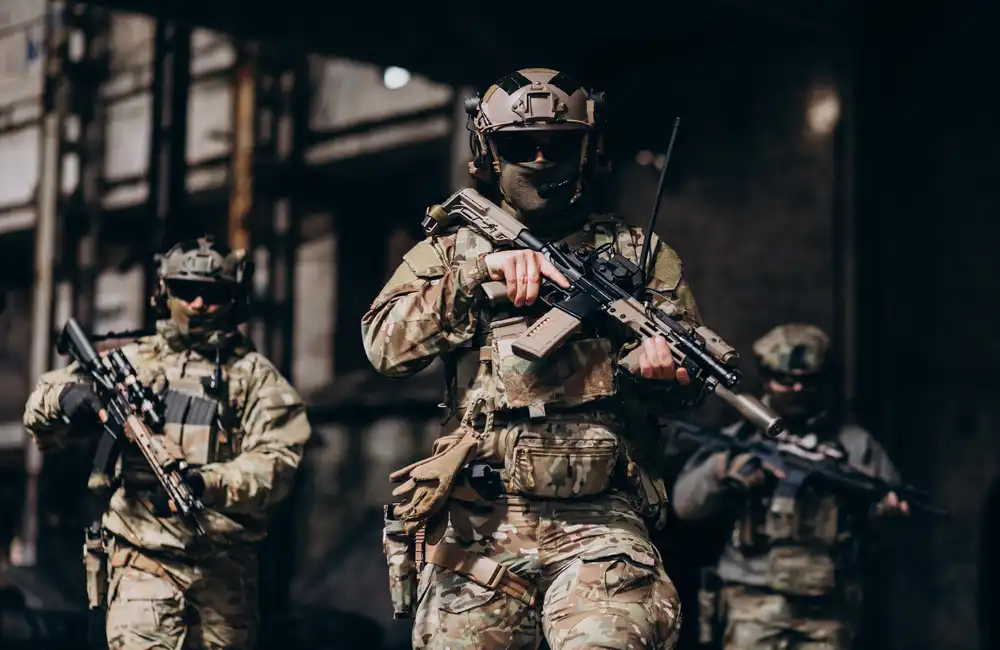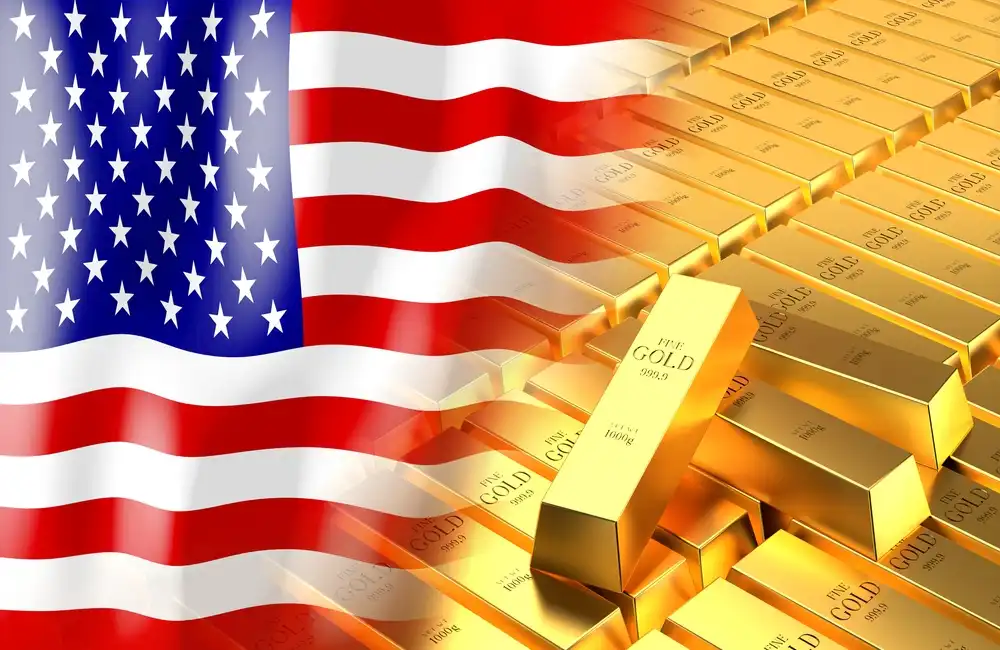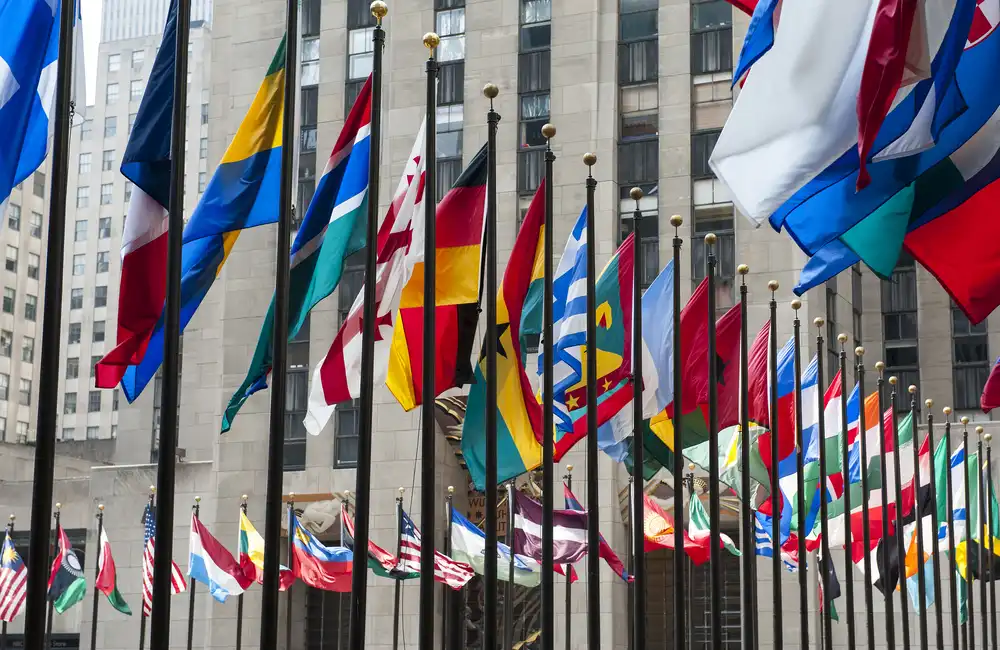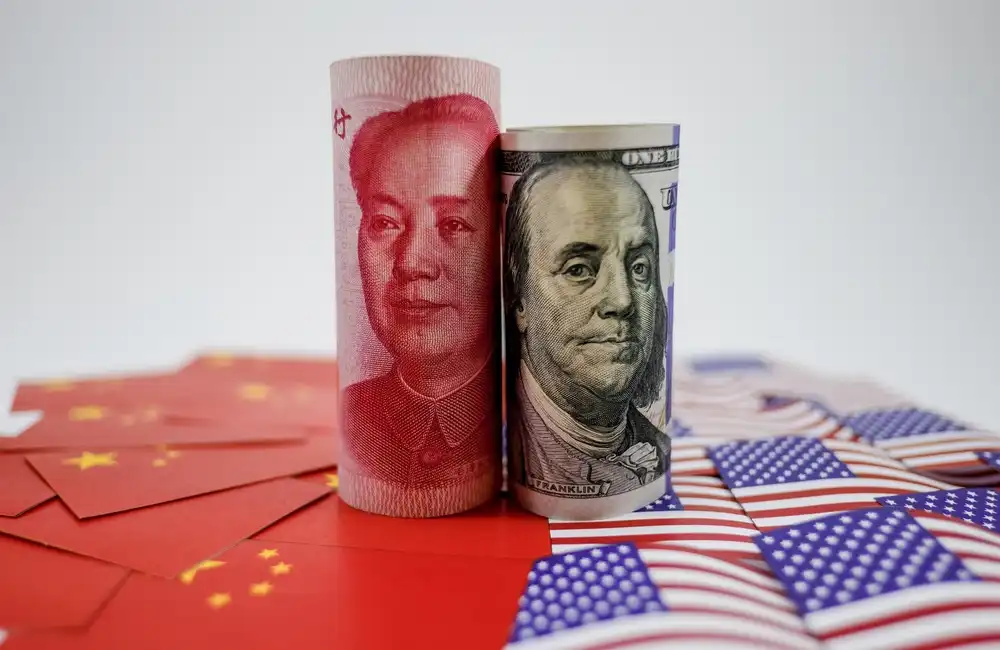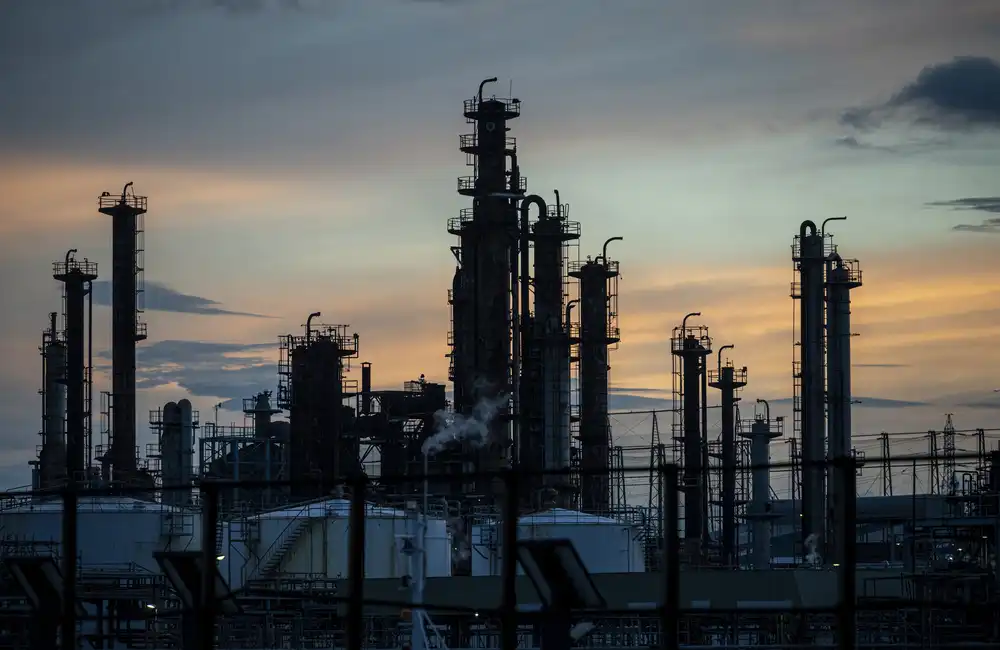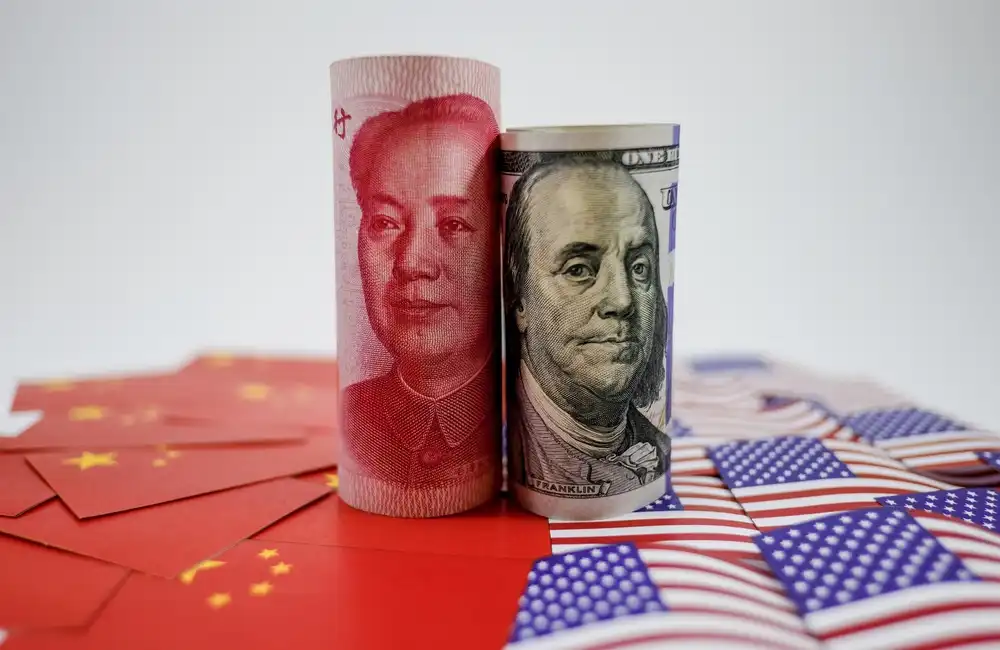European leaders are amplifying calls for a ceasefire in the prolonged Russia-Ukraine conflict, marking a critical juncture in diplomatic efforts to address one of the most significant geopolitical crises in modern history.
The human and economic toll of Russia’s invasion has driven European leaders to demand an immediate ceasefire in Ukraine, aiming to curb violence and restore stability.
The Context Behind the Demand
Since February 2022, the war has caused massive loss of life, displacement, and disruptions to global food and energy markets.
EU states call for an end to hostilities as a first step toward humanitarian relief and renewed negotiations.
Who Is Leading the Efforts?
French President Emmanuel Macron and German Chancellor Olaf Scholz have spearheaded public and private diplomatic initiatives.
European Commission President Ursula von der Leyen stresses humanitarian aid and sustained support for Ukraine.
Key Focus Areas
1. De-Escalation and Humanitarian Relief
Ceasefire would allow aid corridors to expand, helping millions of displaced civilians.
2. Stabilisation of Energy and Food Markets
Ending the fighting could ease Europe’s energy shortages and reopen Ukrainian grain export routes.
3. Pathway to Negotiations
A temporary halt in violence is viewed as the opening for broader peace talks under international oversight.
Challenges to Achieving a Ceasefire
Russia shows little willingness to compromise, while Ukraine insists on safeguarding its territorial integrity.
This deadlock highlights the need for a balanced mix of diplomacy, sanctions, and aid.
The Role of Broader International Alliances
Coordination with NATO, the G7, and the UN amplifies Europe’s call. Engagement with China and India seeks additional pressure on Russia.
Looking Ahead
While the path to peace is uncertain, Europe’s united demand for a ceasefire underscores a commitment to end the conflict and prioritise recovery.



